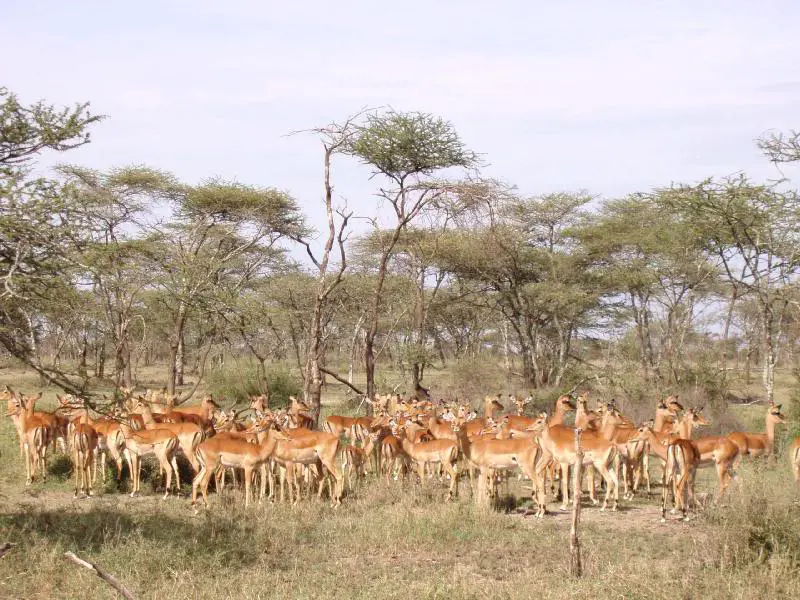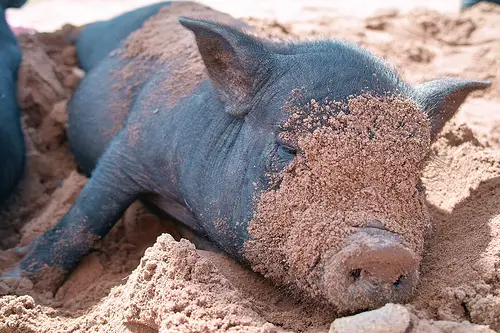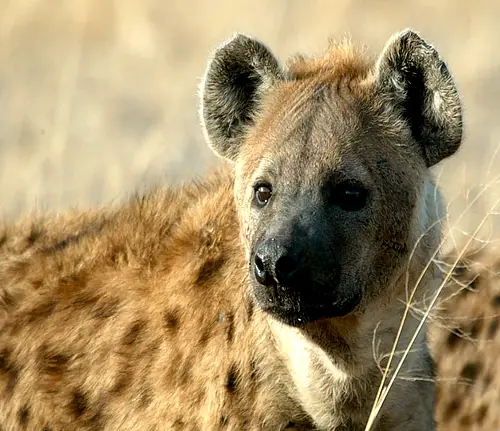Impala
Impala (Latin – Aepyceros melampus) are probably one of the most beautiful antelopes found in Africa. Their bright, goldenly brown fur and large eyes make them one of the most majestic African animals. Like many antelopes, Impalas are great runners – they can reach a speed of up to 60 km/h and jump as high as 2,5 metres.
In their natural habitat, which is Southern and Eastern Africa, the Impalas most often live in areas of scarce forests or grassy meadows. The Impalas are medium-sized, reaching up to 1 meter in back height and up to 90 kg in weight. Their heads are jeweled by large, bent horns, that can grow as long as 90 cm.
These antelopes are typical herd creatures and they can rarely be seen wandering alone. Groups most usually consist of either females and newborns or males only. Herds roam vast territories and as the seasons change, they move to higher or lower regions, in search of a richer vegetation. In the dry period, the herds of males and females unite in one huge herd in order to survive when the food is scarce and predators are nearby.
Impalas mate twice a year. Males mark their territories and attempt to attract females. After a gestation period of 6-7 months, the female finds a secluded place away from the herd and stays there with the newborn for a few days, before rejoining the herd. When they return, the new Impala is introduced to other newborns and they spend time together, like in a kindergarten. Female Impalas reach sexual maturity at the age of 2, while the males already become sexually mature when they’re 1 year old, although they most often don’t mate until at least the age of 4, when they have established a reputation and can win fights with other males. Their lifespan is up to 12 years in the wild and 17 years in captivity.
These antelopes feed mainly on grass, although they also consume a lot of leaves, fruit and seeds. In the period when grass becomes dry, the Impalas move to grows of evergreen trees. These trees are less hydrated and Impalas must drink water every day, thus making them easy prey for lions and leopards that hide near freshwater sources. This is the main reason, why Impalas prefer to stick together in large herds, when the dry season comes.
In the past, Impalas were hunted widely, mostly for meat and a large part of their population was destroyed, however their population is still pretty large and they have even started inhabiting new territories, therefore Impalas are not endangered.





